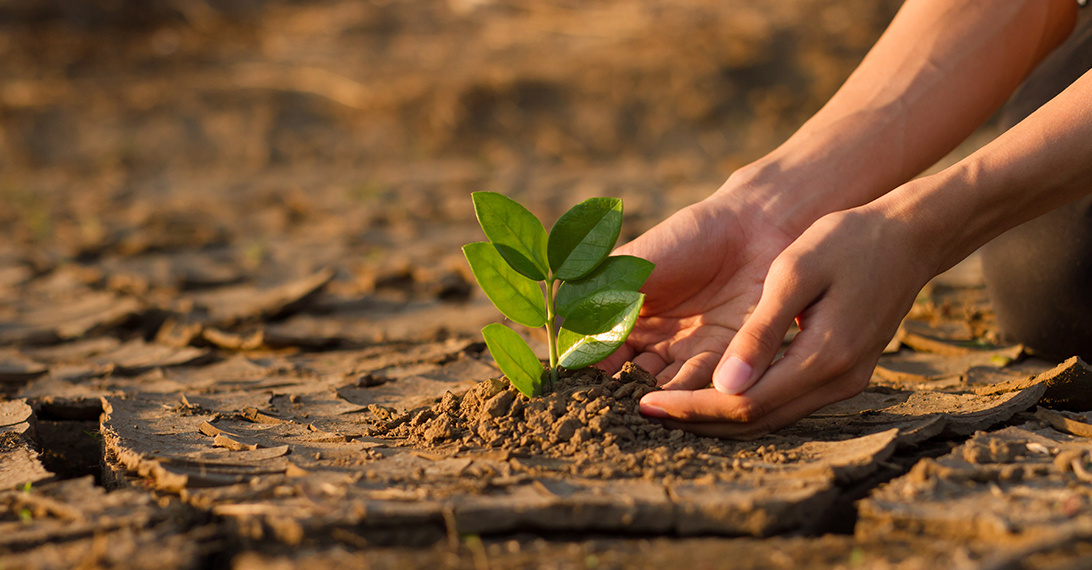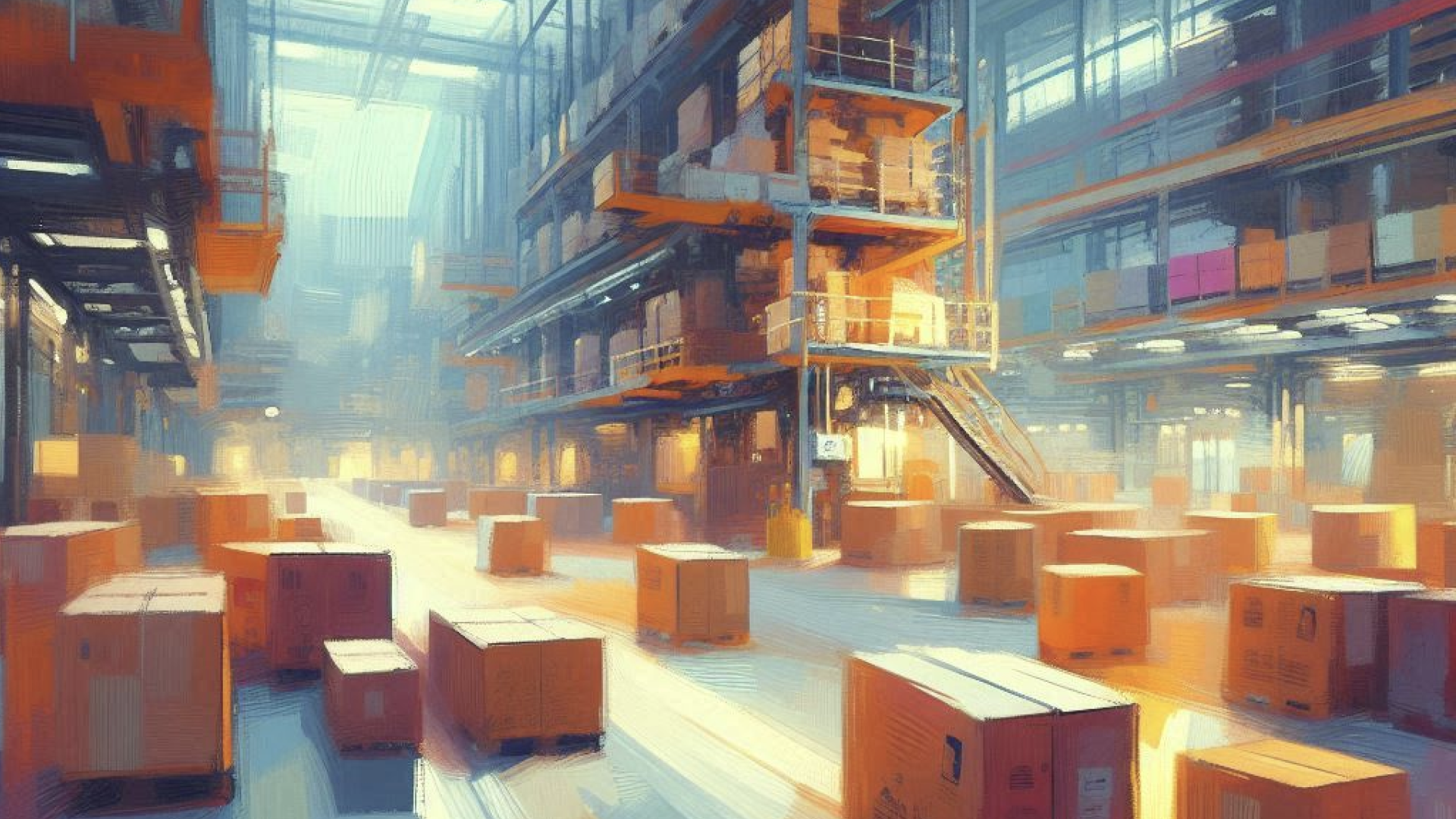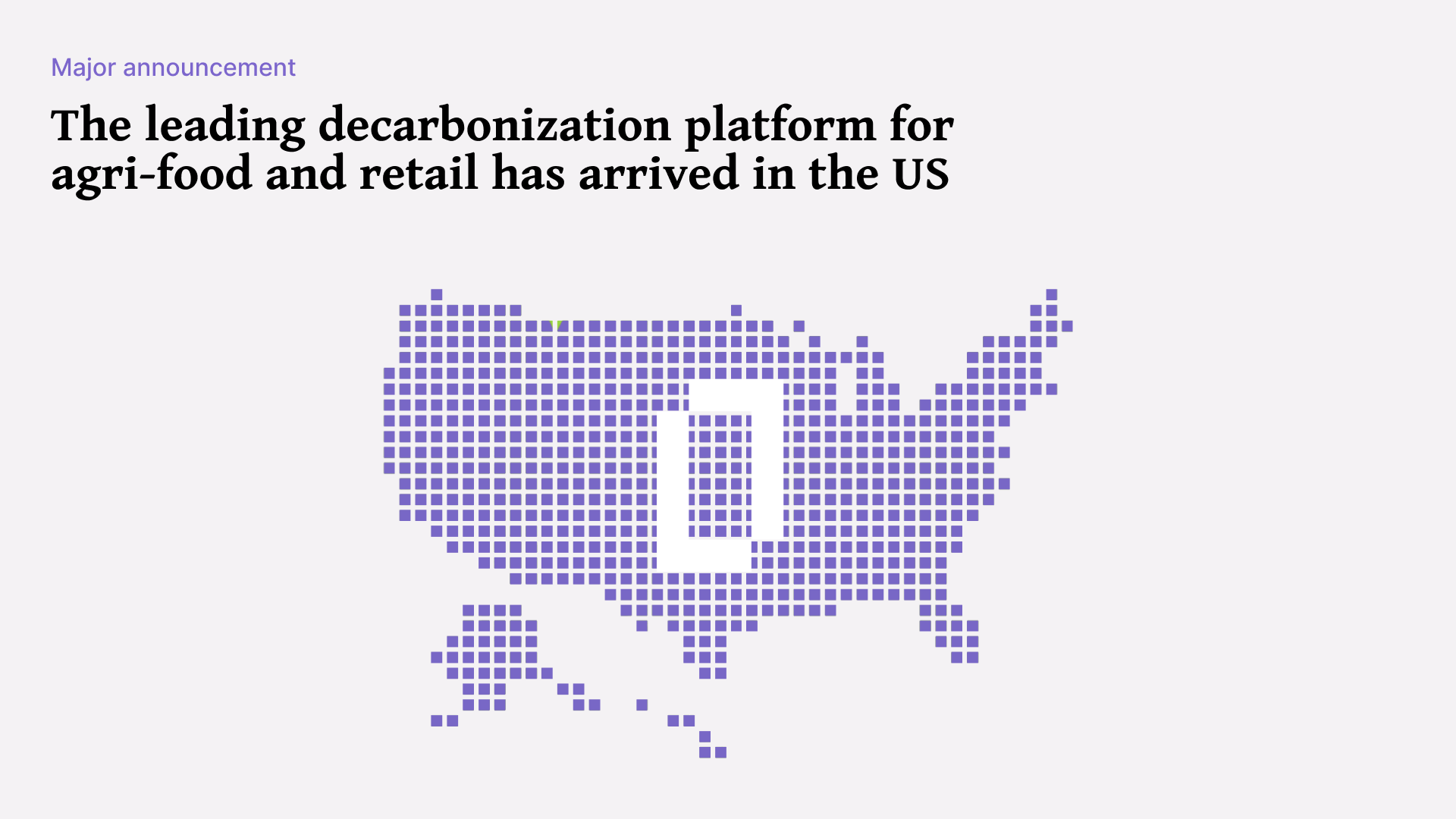Summary
- Climate change will significantly affect businesses, making it essential for companies to integrate sustainability into their strategies for survival and growth.
- The primary driver of climate change is excessive greenhouse emissions linked to human activities, necessitating a shift towards sustainable practices to mitigate their impact.
- The consequences of climate change, such as rising temperatures and extreme weather events, have threatened ecosystems and biodiversity.
Introduction
Climate change is a profound shift in the Earth's climatic patterns, transcending geographic borders. This phenomenon is not confined to scientific discussions but extends into the boardrooms of businesses and the lives of ordinary people worldwide. For enterprises, understanding and adapting to the nuances of climate change is not merely an ethical consideration – it is real, it is strategic. This blog delves into the basics of climate change, identifying its causes, impacts, and importance for businesses
What Is Climate Change?
Imagine Earth's climate as a giant tapestry woven with waxen threads of weather patterns and temperatures. Climate change is like keeping this tapestry in a hothouse, with heat weakening those threads – causing them to come loose and unravel, causing a significant shift in the overall pattern. Without taking the metaphor any further, climate change refers more specifically to long-term alterations in our planet's weather conditions, which subsequently impact all flora and fauna around the world in different ways. This can also have catastrophic consequences for businesses unless they think ahead and operate sustainably. Historically, businesses often saw climate change as a distant concern, focusing more on immediate challenges. However, in today's context, it has become a multifaceted challenge that directly impacts businesses, particularly as data from Morningstar Analytics shows that physical climate risk factors have already cut into 4.5% of companies’ operating cash flow.
Today, all businesses find themselves at the intersection of climate and commerce. The impact of climate change on businesses is no longer a distant prospect—it is present, and real. Companies across industries have been reassessing their strategies, addressing the intricate ties between their operations and the Earth’s changing climate. By understanding how intrinsically intertwined climate change and business are, enterprises can navigate these challenges, ensuring not just survival but sustainable growth.
What Causes Climate Change?
Climate change is driven by the excessive release of greenhouse gases (GHGs) into the atmosphere. These gases, like carbon dioxide, methane, and nitrous oxide, act like a thermal blanket around Earth, trapping heat radiated from the Sun and leading to a warming effect—a phenomenon known as the greenhouse effect. Historically, the greenhouse effect has been instrumental in regulating Earth’s temperature and keeping it at habitable levels. However, the intervention of human activities, namely in the adoption of industry, has had the effect of generating greenhouse gases far in excess of those previously keeping the Earth’s temperature stable.
This insulation effect that has been present for generations has had catastrophic effects on the planet, including the worsening of extreme weather events, global warming, and the depredation of biodiversity. For businesses, this can mean disruptions in supply chains, difficulty sourcing and transporting materials, and more.
Human activities, especially those tied to various industries, have played a significant role in escalating these greenhouse gas emissions. Having started from the 19th century through the Industrial Revolution, the extraction of fossil fuels, the processes of manufacturing, and the disposal of waste have all released a noxious, dizzying excess of these gases into the atmosphere. Businesses, knowingly or unknowingly, have been key players in this puzzle, as the carbon-intensive industries that manufacture the products they sell have contributed heavily to GHG emissions with their reliance on fossil fuels and energy-intensive processes. Recognising this link between business activities and climate change is pivotal as it sets the stage for a shift towards sustainable business practices.
Impacts of Climate Change
The ripples of climate change extend far beyond changing weather patterns; they reshape the very fabric of our planet's ecosystems. Rising global temperatures is the most notable and concerning impact of climate change. As the mercury climbs, ecosystems face disruptions, affecting agriculture, water resources, and the delicate balance of biodiversity. A temperature rise of 1.5 degrees Celsius can cause 4% of mammals to lose half their habitat. A temperature rise of 3 degrees Celsius can mean 41% of mammals lose half their habitat. This, in turn, triggers a domino effect on businesses that rely on stable environmental conditions for their operations.
Extreme weather events, intensified by climate change, can also be devastating for businesses. The escalating frequency of extreme weather events, exacerbated by the impacts of climate change, threatens businesses, particularly those entrenched in forest, land, and agriculture (FLAG) sectors. Climate risks manifest in adverse impacts on crop yields, triggering more frequent and severe weather events that disrupt critical aspects of these industries. The vulnerability of forested areas, agricultural lands, and associated ecosystems becomes pronounced as severe storms, wildfires and even prolonged droughts wreak havoc, causing substantial damage to infrastructure and hindering efficient transportation. The intricate balance of Just-in-Time manufacturing and lean operational models is perturbed as businesses in FLAG sectors grapple with the challenges of unpredictable weather patterns, disrupting supply chains and amplifying the vulnerability of infrastructure.
The escalating threat of sea level rise, an outcome of global warming and polar ice melting, directly imperils coastal regions and low-lying areas. For businesses situated in these vulnerable zones, the ramifications include heightened risks of flooding, property damage, and operational disruptions. This can also affect the transportation and distribution of products for businesses with a large global supply chain and customer base.
Biodiversity, a critical component of a healthy planet, faces unprecedented challenges due to climate change-induced habitat loss and ecosystem alterations. These shifts propel numerous species towards the precipice of extinction, disrupting the delicate ecological equilibrium and sending cascading impacts through industries reliant on diverse ecosystems for essential resources.
Conclusion
From a business standpoint, these environmental shifts are just portents of an environmental catastrophe if we do not act now. Operational disruptions, increased costs due to resource scarcity, and a growing demand for environmentally conscious practices become integral considerations for sustainable growth. As we navigate through these impacts, the interdependence of climate and commerce becomes increasingly evident. Amidst the urgent need for the world to adapt and contribute to a more resilient and sustainable future, businesses must act now.
Frequently Asked Questions
-
What is climate change?
Climate change is driven by excessive greenhouse gases (GHGs) like carbon dioxide, methane, and nitrous oxide. These gases trap heat from the Sun, creating a warming effect known as the greenhouse effect. -
What are the biggest contributors to climate change?
Climate change is driven by increased GHG emissions, leading to global warming and extreme weather events, sea level rise, and ecosystem disruptions. -
What is being done to address climate change?
Addressing climate change involves reducing greenhouse gas emissions through stringent regulations and significant investments in clean energy. Efforts also focus on enhancing environmental sustainability and promoting climate resilience across various sectors. -
How does climate change affect the environment?
Climate change can alter habitats by affecting plant and animal species and leading to changes in migration patterns and species distribution. It also significantly affects human health, agriculture, water resources and economic stability. -
How does climate change affect the way we live?
Climate change can have severe impact on the way we live. Changes in climactic weather patterns can mean shorter growing and harvest seasons for farmers, whilst extreme weather events like flooding caused by climate change can severely disrupt livestock rearing, threaten lives, and damage key infrastructure. -
What is the Greenhouse Gas Protocol?
The Greenhouse Gas Protocol is a global standardised framework for measuring and managing greenhouse gas emissions. It provides guidelines for organisations to quantify, report, and mitigate their environmental impact. -
What is the Paris Agreement?
The Paris Agreement is an international treaty aimed at limiting global warming to well below 2°C above pre-industrial levels, with efforts to keep it below 1.5°C. It requires countries to set and achieve their own climate action goals, known as Nationally Determined Contributions (NDCs), and to regularly report on their progress.



